categories
recent posts
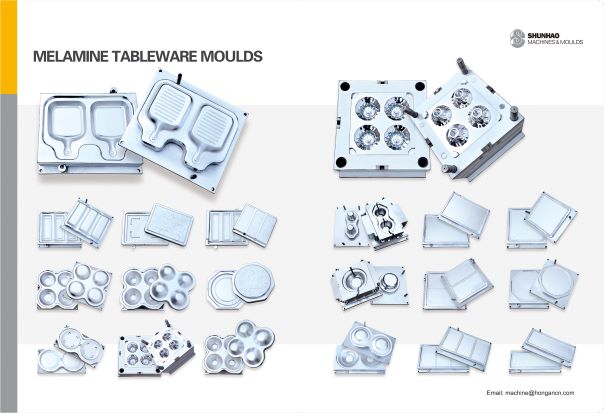
Shunhao moulds factory can make molds: 1. Melamine crockery moulds 2. Urea crockery moulds 3. Glossy melamine moulds 4. Matt finished melamine moulds ...
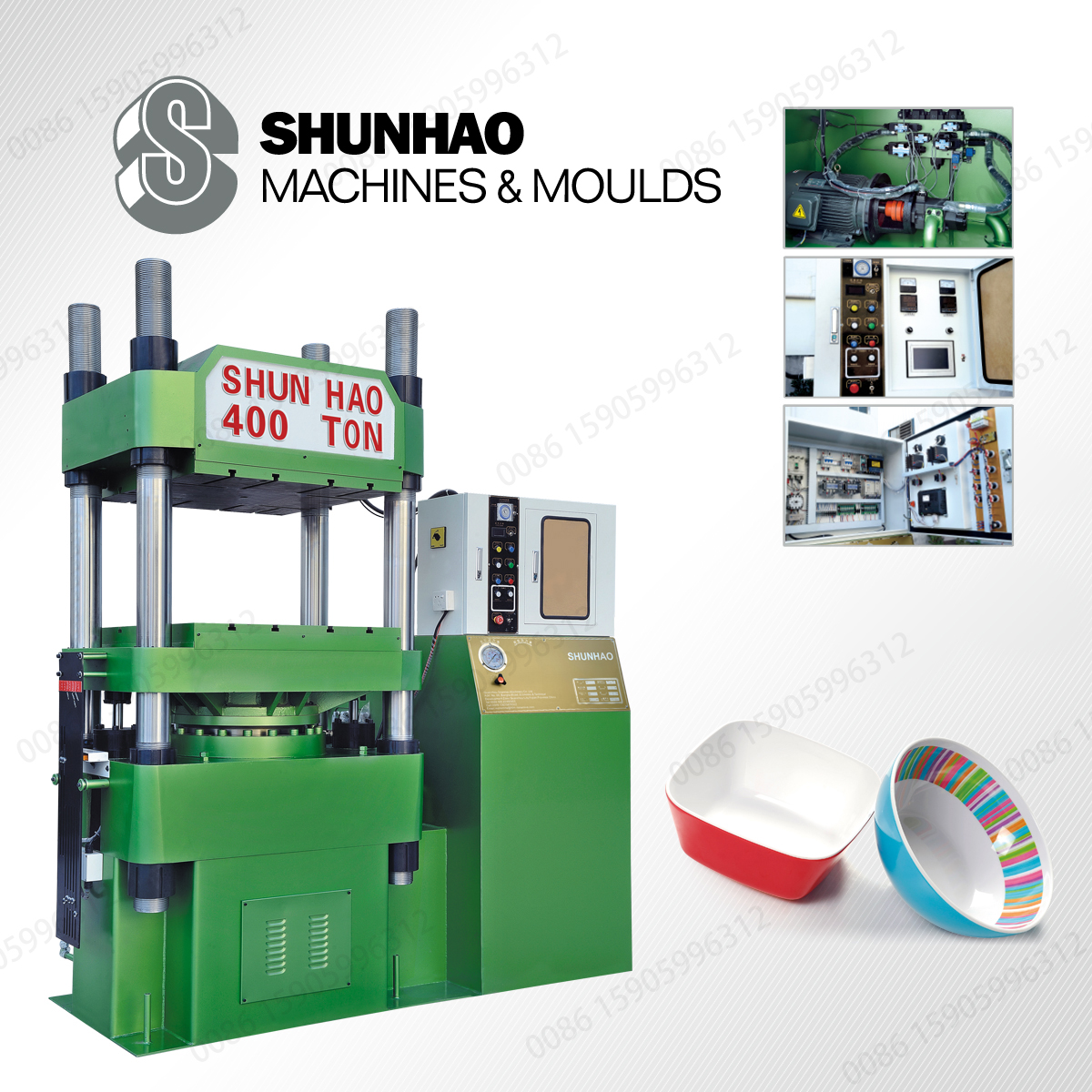
Shunhao factory has been serving the machines and molds to melamine tableware factories, urea tableware factories, UF toilet seat and cover factories ...
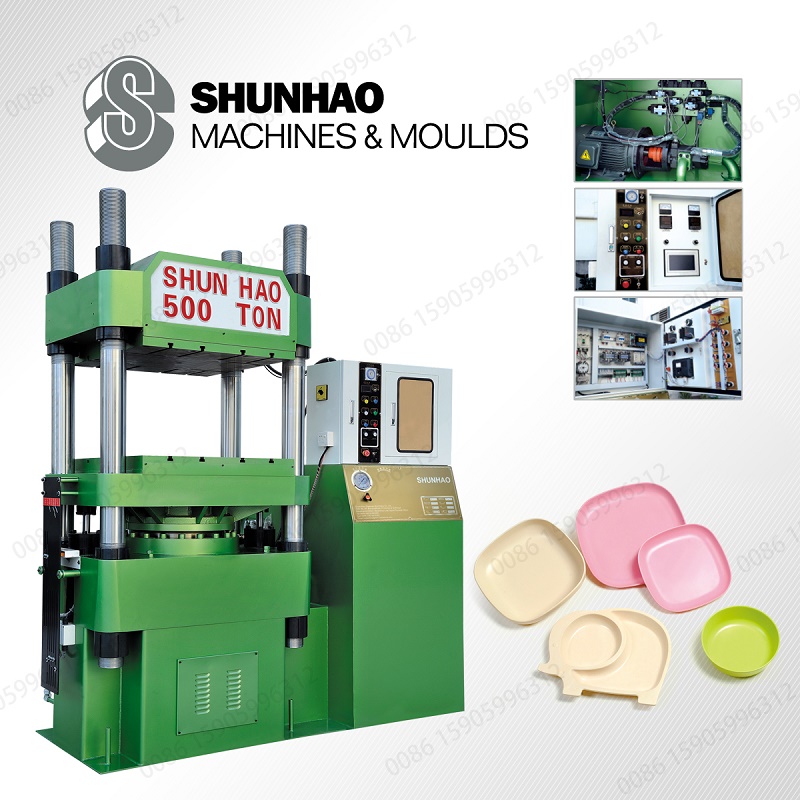
Rice husk tableware Introduction: Rice husk tableware is to regenerate this discarded rice husk into natural, healthy and free of any harmful chemical...
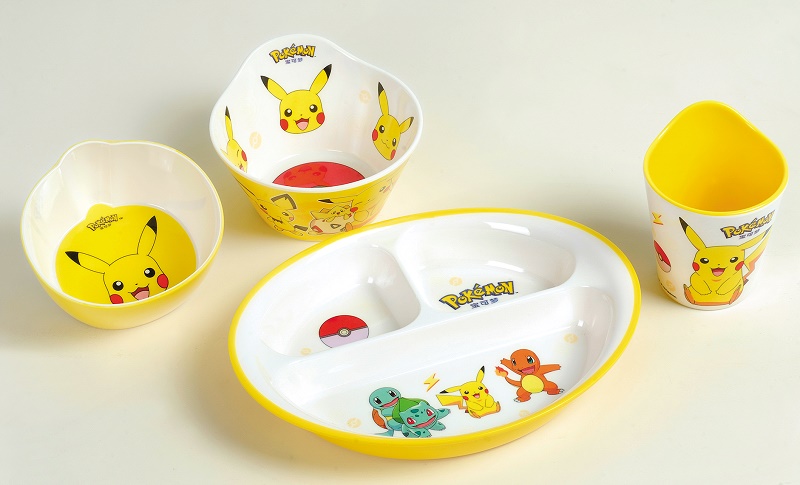
Rationally view the harm of melamine tableware 1) What is melamine tableware Melamine tableware is made from melamine powder (known in the industry as...
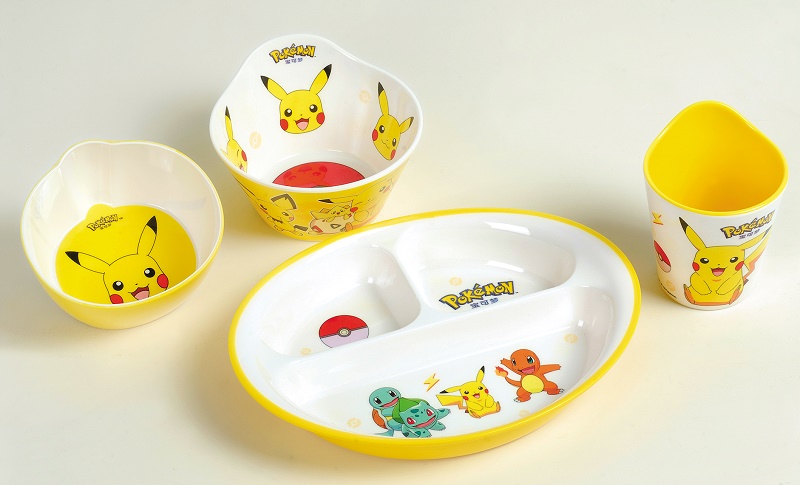
Precautions and cleaning of melamine tableware 1. Main ingredients of melamine tableware raw materials: 100% melamine (domestically called A5 material...
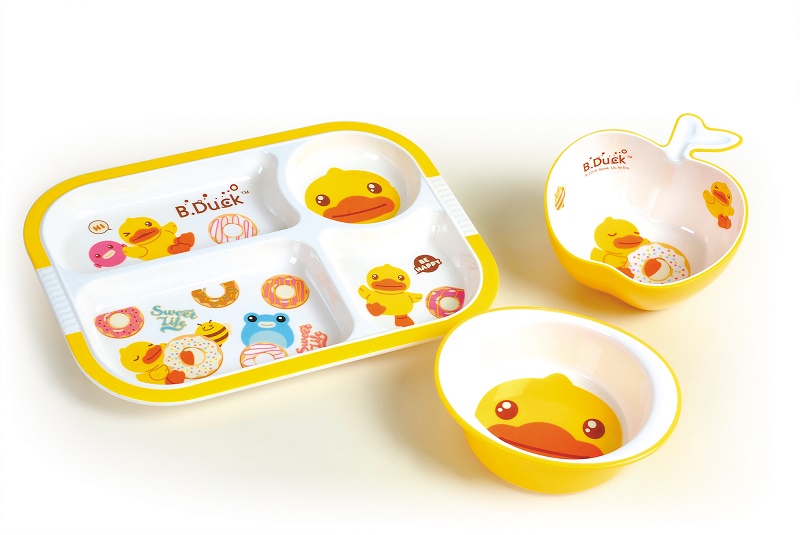
The advantages and disadvantages of melamine tableware In daily life, there are many meals used. Tableware is divided into ceramic tableware, bone chi...
Baby tableware material selection (plastic, imitation porcelain, silicone, stainless steel, ceramic...)
Open Taobao, you may see a dazzling array of baby tableware, plastic, stainless steel, silicone, corn fiber, etc... We will see one by one today.
Plastic cutlery
Everyone should have heard of bisphenol A (BPA) in plastic products. Let's start with bisphenol A.
Where is Bisphenol A present?
Many people may have heard of plastic recycling identification codes, which are commonly found on the bottom of plastic containers with a small triangle cycle mark. In general, 3, 7 cycle mark plastics are likely to contain BPA, and the rest of the plastics have a low probability of containing BPA. In addition, BPA is also widely found in container liners for canned foods and beverages, supermarket receipts, and the like.
Where is the plastic with the 7th cycle mark?
PC plastics (one of the seven categories) used to make baby bottles and pacifiers, but such baby products have rarely been seen in the market in recent years.
But you may still find that some food containers, space cups, lunch boxes, and container lids are made of PC material.
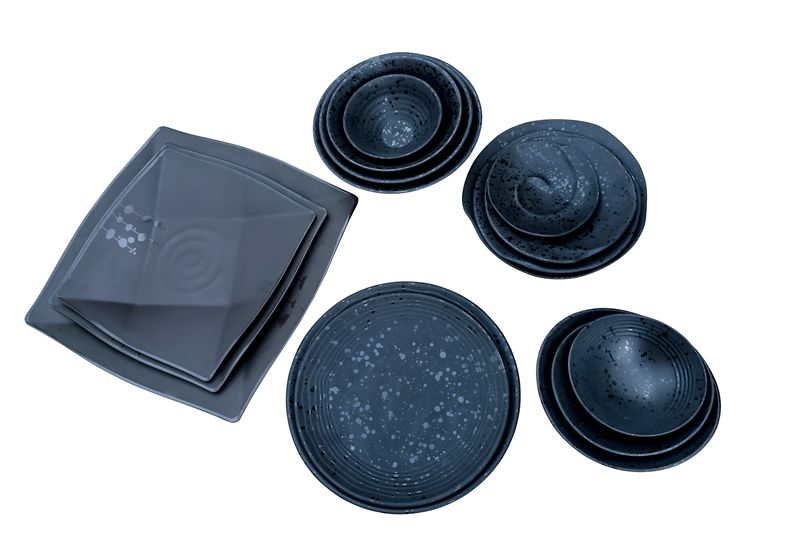
Where is there?
Cycle mark plastic?
The cheap plastic bags commonly used by small vendors are No. 3 PVC (polyvinyl chloride), while the supermarket plastic bags are No. 2 HDPE.
PVC will leak BPA, phthalic acid, lead, mercury, cadmium. Phthalic acid, like BPA, can upset hormones in the body. Needless to say, the danger of heavy metals. PVC dust is also strongly associated with childhood asthma, allergies and ADHD. Do not use PVC plastic bags to eat food (such as small vendors to buy steamed buns, cakes, eggs, etc.), but also reduce the use of such plastic bags (environmental shopping, especially daily grocery shopping) and accumulation at home (the elderly Collect clams for families carefully).
When PVC is burned, it will release dioxin-contaminated environment and cannot be recycled, so it should be avoided. Some expensive children's mats on Taobao are also made of PVC. It is not necessarily toxic as a floor mat, but it is not environmentally friendly, so please don't buy mats of this material.
PVC material has been banned for use in the European Union, Japan, Mexico, etc.
Don't get confused:
The following two are alternatives to PVC and are a composite between rubber and plastic, which is relatively environmentally friendly. Relatively environmentally friendly and low toxicity, the attention is "relative". Since they are all compounded and have multiple subdivisions, they cannot be generalized.
XPE: A common material for children's mats.
TPE: the base of some suction cup anti-skid bowls, car environmental protection mats and so on. It is as heat resistant as PP.
What are the specific health hazards of bisphenol A?
The health aspects of current BPA impacts of scientific research include:
Note that this is to say that there may be relevance and that there is no causality. And the current scientific experiments using humans are still extremely limited, and the experimental data are mainly from animals. The US FDA has banned the use of BPA in baby bottles and pacifiers since 2012, and is conducting a special study on the relationship between BPA and health. When it is said that there is not enough scientific evidence to completely prohibit the use of BPA in food packaging. . But before you have any exact scientific results, be careful that BPA is not an exaggeration. Everyone should avoid the opportunity to contact BPA as much as possible, especially for babies.
How to avoid contact with bisphenol A?
Due to the widespread use of bisphenol A, it is almost impossible to completely eliminate contact in bottles and tableware, and in various food packaging. But if you care more, you can take the following measures.
Is plastic tableware without bisphenol A absolutely safe?
The US 2009 Consumer Report found that some of the BPA-free products were also found to contain BPA.
The product does not contain BPA and cannot be equated with safety. Research on the safety of BPA alternatives is still very limited. Plastic synthetic components that are known to replace BPA include BPS, BPF, polyethersulfone, and the like. Recent studies have shown that the hormonal activity of BPS and BPF, like BPA, interferes with the endocrine system and is even more severe than BPA.
There are thousands of chemical additives in plastic polymers, many of which have not been fully scientifically studied for their use and are not known to the public. Many plastic additives come from oil. So the easiest way is not to buy BPA-free plastic products, but to avoid the use of plastic products, especially for the entrance-related tableware, pacifiers, snack packaging and so on.
Is PP plastic the safest? Is the plastic packaging of commercially available food safe?
Many people may have heard of plastic breed identification codes, which are common at the bottom of plastic food containers. This number identifies a simple classification of garbage collection marks for the public in 1988, published by the American Plastics Industry Alliance. In fact, too many sub-categories can be subdivided in each category. Manufacturers voluntarily add this mark to their products. We can only use the large categories marked by the identification code as a reference for the safety and toxicity of plastic products. As a reference for product recycling properties, everything is just a reference! Moreover, there are still many plastic products that are not labeled.
Can the material be used as a quick reference for food packaging:
2, 4, 5 are generally available for limited use;
1 cautious one-time use;
Avoid using 3, 6, and 7.
It is especially common in beverage bottles such as mineral water. Long-term storage of water and beverages releases carcinogens of antimony trioxide and releases phthalic acid by heat. Can not be used repeatedly, can not be heated. In particular, don't drink mineral water that has been baked in the car at high temperatures.
High-density polyethylene. Plastic bags commonly used in regular supermarket retail goods (different from small vendor's No. 3 PVC plastic bags), opaque containers for milk, water, juice, detergent bottles, garbage bags, yogurt and cream containers, and drug bottles. Studies have shown that HDPE can leak endogenous plastic additives, nonylphenol, especially when exposed to UV light. And we don't use it to pack hot food.
Low-density polyethylene. Often used in a variety of bags that require sealing. Such as plastic wrap, frozen food bags, waterproof clothing for carton milk, waterproof clothing for hot and cold beverage paper cups, squeezed snack bags, container lids, etc. Studies have shown that LDPE can leak endogenous plastic additives, nonylphenol, especially when exposed to UV light. And we don't use it to pack hot food.
Polypropylene. After careful cleaning, it can be used repeatedly. The only type of plastic that can be placed in a microwave oven, so it is often used in containers for hot meals. Chemical properties are relatively stable, resistant to chemicals and grease. However, there are data showing that the container leaked plastic additives when using PP containers for scientific experiments. What is careful cleaning? It is a soft cloth that is hand washed to avoid scratches.
Polystyrene, commonly used in disposable foaming snack boxes, some food box lids, etc. Will release styrene, is a very likely carcinogen, is a brain and nervous system toxins. Release more when the food is oily or heated. Polystyrene is also found in second-hand smoke and automobile exhaust.
The 3 and 7 classifications have already been mentioned in the previous section. In addition, ABS plastics are common in toys and should be avoided for tableware.
Only 1 and 2 of these types of plastics have a recycling rate of more than 20%, and the rest are even lower. The actual plastic recovery rate is only about 9% (or even lower), and the rest are not recycled in landfills, in rivers, in the sea... It takes 500 years to degrade, and it is still releasing pollutants during the degradation process. Toxic substances, and after the degradation is completed, they are only reduced to small particles of plastic particles and not completely returned to nature. If you search the Internet for the harm of plastics to the wildlife and the ecological environment, you will be shocked. For the health of our children and grandchildren, and for the beauty of the global environment, please minimize the purchase and use of plastics. There is no industry without consumption.
If we use a stainless steel spoon with a plastic bowl, the plastic bowl is easily scratched by a stainless steel spoon (children's food often needs to be chopped with a stainless steel spoon, and children also like to use a spoon to knock on the tableware). Although many plastic tableware are said to contain no BPA, there is no guarantee that there will be no other plastic additives. At least the scratched plastic bowl is not easy to clean and affects the appearance.
If the plastic bowl is matched with a plastic spoon, although the bowl is not easily scratched, you can imagine that the young child likes to bite and lick the spoon, which will inevitably leave countless marks on the plastic spoon, which is not healthy.
Plastic tableware can be easily created into a variety of high-profile cute shapes, patterns, so it is particularly easy to attract Yan control mothers, and even some of the plastic utensils with design features sold at a high price, there are still a large number of customers rushing. But we must think twice before buying plastic tableware.
PP tableware is relatively safe and can be used, but plastic wear resistance is generally not tolerant of high temperatures, plastic tableware is not a long-term solution.
In addition, the material and technical safety of various plastic tableware printings have not been generalized.
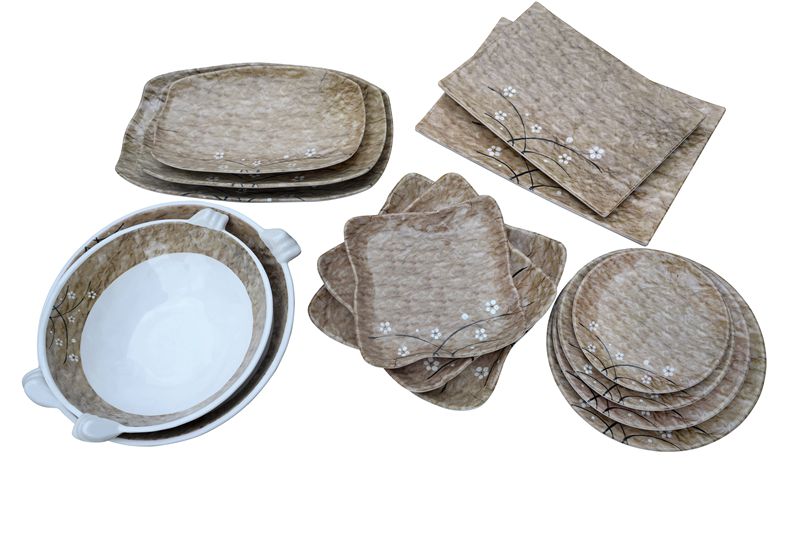
When selecting daily tableware, we should also be careful about the plastics that are commercially available for packaging, including mineral water bottles, carefully process foods, and try to eat fresh homemade healthy foods. In addition, such as baby food supplement, etc., try to choose glass, stainless steel.
Plastics are ubiquitous and cannot be avoided, but we can minimize them.
From the perspective of environmental protection, it also advocates reducing the use of plastic products.
Melamine tableware
Melamine resin tableware, commonly known as melamine tableware. A combination of melamine and formaldehyde is used. It is also a type of plastic tableware that can be classified into the classification 7 of plastics (all other types).
I believe everyone is familiar with melamine. It was the tainted milk powder poisoning incident that swept the country in 2008. Melamine was illegally added to foods such as milk and infant formula, making the protein content look higher.
Characteristics of melamine tableware:
Melamine tableware is light, colorful, fireproof, not afraid of falling like plastic, but scratch resistant (not easy to scratch) than ordinary plastic, good temperature insulation performance.
In an experiment conducted by the US FDA, only when a highly acidic food (if juice) was placed in a melamine tableware at a higher temperature (70 degrees Celsius) for more than two hours, a detectable melamine leak occurred and the leak occurred. The level is 250 times lower than the FDA alert. We can think that melamine tableware is safer in the daily use of the standard.
Melamine tableware can be used in dishwashers.
Precautions for melamine tableware:
Melamine tableware should never be placed in a microwave oven, otherwise high toxicity melamine may be leaked.
If the level of melamine contained in the food is higher than the FDA warning criteria, it will cause serious kidney damage: kidney stones, kidney failure, and death. Symptoms of melamine poisoning include irritability, symptoms of kidney infection, hematuria, oliguria or anuria, and high blood pressure.
Do not scratch the melamine tableware with metal cutlery and kitchen utensils. Do not wash the melamine tableware with chlorine bleach.
Melamine tableware may contain BPA, but there are also BPA-free products.
Melamine tableware is difficult to recycle and is not environmentally friendly.
Compared with PP plastics, melamine tableware has only more scratch-resistant properties, but at the same time has many disadvantages. For example, temperatures above 70 degrees may release highly toxic substances. It is not environmentally friendly.
Therefore, it is not recommended to consider this type of tableware.
Bioplastic tableware
The corn fiber, bamboo fiber... tableware we saw on Taobao is this category. So, what advantages does this bioplastic have over traditional plastics? Is it safer and more environmentally friendly?
What is bioplastics?
Bioplastics means that all or part (more than 20%) is made of renewable biological materials (how to be born), or can be rapidly degraded (not necessarily 100% microbial degradation) (how to get old), and A new type of plastic that does not have any toxic residues during the degradation process and after the degradation is completed.
The raw materials of traditional plastics are generally derived from petroleum.
What are the advantages and disadvantages of bioplastic tableware?
The advantage is that it does not contain toxic substances such as bisphenol A and plasticizer (because it is not contained by nature).
The disadvantage is that the temperature range is not as good as the PP type of plastic, generally no plastic is resistant to falling (may be broken).
Is the safety of bioplastic tableware?
There is not enough scientific research on the safety of tableware. We can only say that the material of pure organisms should be safer because food is used as raw material.
However, since they are not necessarily 100% biological raw materials, it is also necessary to pay attention to whether other substances (including dyes) added are toxic. For example, bamboo fiber tableware found on Taobao contains latex, but latex is generally not used for tableware.
What are the types of bioplastics?
There are currently several common categories:
How to identify bioplastics?
Since bioplastics are new materials, how do you identify whether the tableware you purchased is a real bioplastic tableware?
You can see if there are several common authoritative third-party identification marks. Note that the identification mark here refers to aspects of environmental degradation, not food safety.
But we can think that certified products are more reliable. At present, there are not many products that can be seen on Taobao. According to the products I have checked, only the MothersCorn brand in Korea has passed the certification of the first three organizations below.
Is bioplastics environmentally friendly?
From the point of view of consumption, since bioplastic tableware is a new type of product, there are few choices, and there are not many products that are certified on the market. It is difficult to inquire and authenticate, and consumers are easily confused.
From the perspective of recycling, because the domestic garbage collection and classification mechanism is very primitive, we can't expect bioplastics that need to be degraded by specialized institutions, and they will be properly recycled, and the hope of environmental protection is difficult to achieve.
At least for now, we are not optimistic about using bioplastic tableware as a substitute for traditional plastic tableware.
Silicone tableware
Silicone is commonly used in baby pacifiers, food supplement spoons, squeezed food supplement spoons, placemats, bibs, and integrated dishes.
Characteristics of silica gel:
Is silicone safe?
At present, we can safely and carefully use high-quality food grade silicone as a food container for infants and young children.
Silicone is durable, temperature resistant, easy to clean, relatively safe, and relatively environmentally friendly. It seems to be a good material choice. However, the silicone tableware on the market is mainly composed of a bottle, a soft spoon and an integrated placemat. It is very soft and is mainly suitable for infants and groups that have just added complementary food. There are very few products in the classic bowl and cup form suitable for some children.
The softness of silica gel can be said to be an advantage, but it can be said to be a limitation.
Stainless steel cutlery
What is stainless steel?
Stainless steel is a metal alloy containing iron (Fe), chromium (Cr) (more than 10.5%), carbon (C) (increased hardness and strength), nickel (Ni), molybdenum (Mo), titanium (Ti) (stable Structure, anti-corrosion effect) and so on.
Stainless steel has a self-healing function. If the stainless steel surface is scratched, chromium (Cr) will be automatically rebuilt and repaired. This process is called "passivation."
Stainless steel is more resistant to corrosion, but it is not completely corroded. It depends on the type and grade of the different aluminum alloys.
we are the factory of melamine dinnerware compression machine in China,more information at http://www.melaminemould.com/automatic-melamine-crockery-molding-machine-price_sp
prev :
What is melamine tableware?next :
The melamine tableware will migrate out of the heavy metal of formaldehyde at high temperature.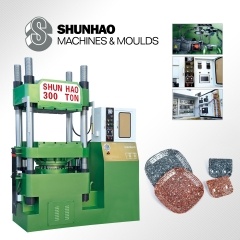 300TONS Single Color Hydraulic Press Melamine Tableware Dinner Set Making Moulding Machine
300TONS Single Color Hydraulic Press Melamine Tableware Dinner Set Making Moulding Machine
Our machine is Suitable for urea tableware, melamine dinnerware.
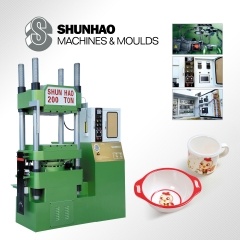 200TONS Automatic Single Color Melamine Tableware Molding Machine
200TONS Automatic Single Color Melamine Tableware Molding Machine
Suitable to be used in the molding operation of urea tableware, melamine tableware
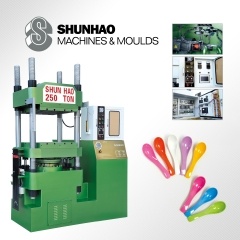 3Year Warantee 250TON Singal Color Melamine Tableware Molding Machine
3Year Warantee 250TON Singal Color Melamine Tableware Molding Machine
Our machine is suitable for all kind of Melamine Dinnerware,plate ,bowl ,tray ,glass ,mug
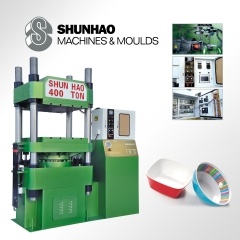 400TON Automatic Melamine Crockery Molding Machine With Singal Color
400TON Automatic Melamine Crockery Molding Machine With Singal Color
Our Machine is special in Melamine Crockery ,like bowl ,plate ,tray ,mug ,glass.
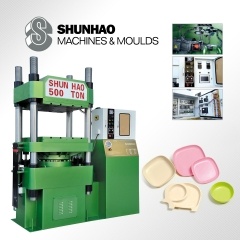 500ton Melamine Crockery Molding Machine With Plc Control
500ton Melamine Crockery Molding Machine With Plc Control
500ton Melamine Crockery Molding Machine With Plc Control For Melamine Tableware ,Melamine Crockery
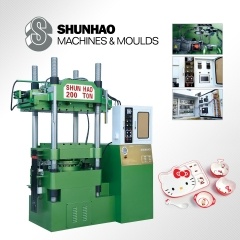 200Ton 2Color Melamine Tableware Automatic Molding Machine
200Ton 2Color Melamine Tableware Automatic Molding Machine
This machins is Suitable for producing double color melamine tableware, toilet seat cover, Bakelite switches, and mahjong.
 Workshop Show
Workshop Show
 Products Show
Products Show
 Video Show
Video Show
 OUR CERTIFICATES
OUR CERTIFICATES
the professional team to service !